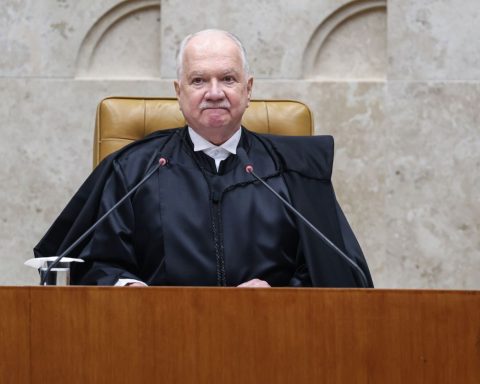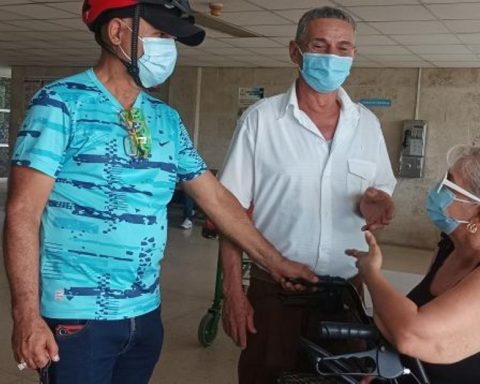The financial market forecast for the Broad National Consumer Price Index (IPCA), considered the country’s official inflation, fell from 5.88% to 5.74% for this year. It is the 14th consecutive reduction in the projection. The estimate is in today’s Focus Bulletin (3), a survey released weekly by the Central Bank (BC), in Brasília, with the expectation of institutions for the main economic indicators.
For 2023, the inflation estimate was 5%. For 2024 and 2025, inflation is forecast at 3.5% and 3%, respectively.
The forecast for 2022 is above the ceiling of the inflation target that must be pursued by the BC. The target, defined by the National Monetary Council, is 3.5% for this year, with a tolerance interval of 1.5 percentage points up or down. That is, the lower limit is 2% and the upper limit is 5%.
In August there was deflation of 0.36%, after falling 0.68% in July. As a result, the IPCA accumulates an increase of 4.39% in the year and 8.73% in 12 months, according to the Brazilian Institute of Geography and Statistics – IBGE. For September, the Extended Consumer Price Index-15 (IPCA-15), which is the inflation previewalso had a decline of 0.37%.
Interest rate
To achieve the inflation target, the Central Bank uses the basic interest rate, the Selic, as its main instrument, defined at 13.75% per year by the Monetary Policy Committee (Copom). The rate is at the highest level since January 2017, when it was also at 13.75% per year.
For the financial market, the expectation is that the Selic will end the year at this level. By the end of 2023, the estimate is that the base rate will fall to 11.25% per year. For 2024 and 2025, the forecast is for Selic at 8% per year and 7.75% per year, respectively.
When the Copom increases the basic interest rate, the purpose is to contain the heated demand, and this has an impact on prices because higher interest rates make credit more expensive and encourage savings. Thus, higher rates can also make it more difficult for the economy to expand.
In addition to the Selic, banks consider other factors when defining the interest charged to consumers, such as default risk, profit and administrative expenses.
When the Copom lowers the Selic, the tendency is for credit to become cheaper, with incentives for production and consumption, reducing inflation control and stimulating economic activity.
GDP and exchange rate
The financial institutions consulted by the BC raised the projection for the growth of the Brazilian economy this year from 2.67% to 2.70%.
For 2023, the expectation for the Gross Domestic Product (GDP) – the sum of all goods and services produced in the country – is a growth of 0.53%. For 2024 and 2025, the financial market projects GDP growth of 1.7% and 2%, respectively.
The expectation for the dollar rate remained at R$ 5.20 for the end of this year. For the end of 2023, the forecast is that the American currency will remain at this same level.
















